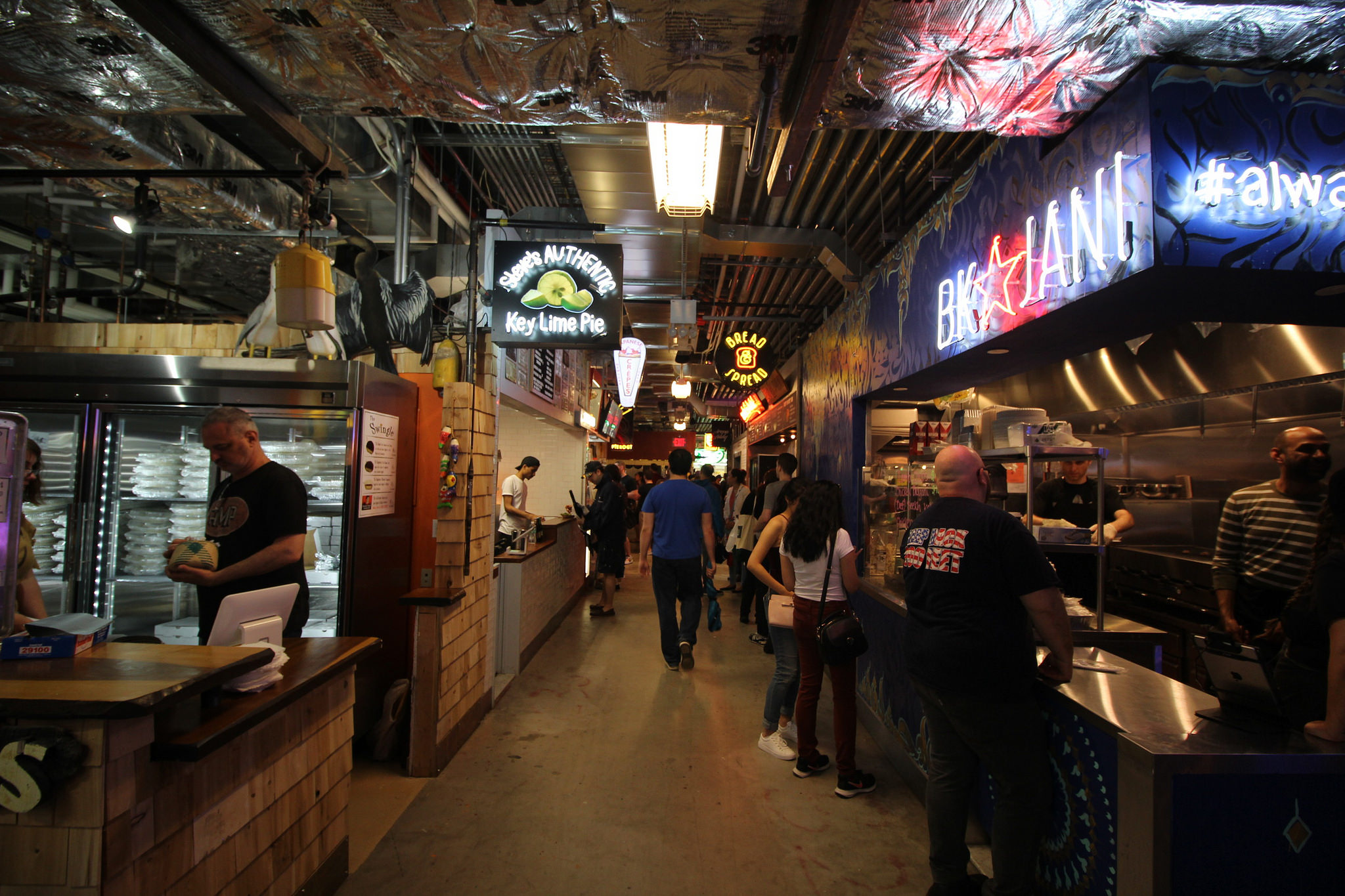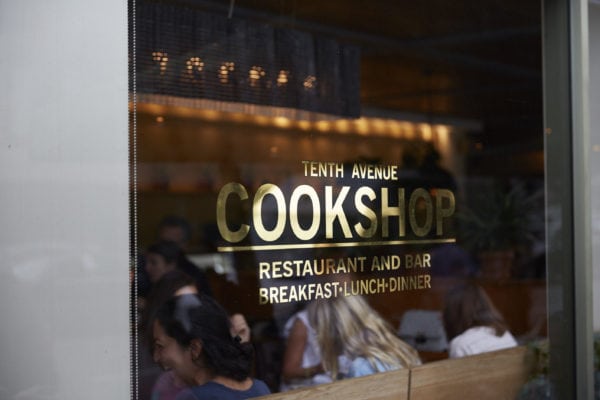This edition of the Chefs+Tech newsletter was sent on June 26, 2017. Subscribe to get the latest in your inbox twice weekly.
Food Leads the Way As Unused Spaces Morph into New Destinations
The way Americans shop is changing, as evidenced by the closure of huge malls and big-box store shopping centers across the country. Casual sit-down restaurants, a one-time staple of these shopping centers, have distanced themselves from these developments as they, too, struggle for survival. Now, reimagined restaurant and entertainment concepts are taking back formerly unoccupied spaces. The New York Times profiles one such development in Texas, where developers are changing the concept of mall-as-shopping-center to mall-as-a-service, with shopping mixed in with entertainment, food, even health care and education. Instead of department stores, according to the piece, dining and entertainment are the anchors of these spaces, drawing consumers out the same way Sears or J.C.Penney’s did decades ago.
Suburbs aren’t alone in rethinking the use of large commercial spaces. Development in cities echoes this opportunity, too, as massive food halls open in densely populated cities like New York and San Francisco, where large, expansive spaces were previously more useful as retail outlets, not restaurants. And it’s definitely not about the traditional and recognizable restaurant brands; instead, food offerings become only one part of a larger concept.
While these developments may be a new idea, the underlying concept is the proven formula that restaurants are often a catalyst to breathe new life into distressed or even deserted neighborhoods. Restaurants carry with them a sense of community, serving locals, employing locals, and creating a naturally happy meeting place. Now, at a time when all commerce is shifting to accommodate e-commerce and digital sales, restaurants could be first to usher in a new way of thinking about the spaces where we choose to spend our time.
Food & Wine’s Relocation Illustrates Changing Restaurant Discovery
On Friday, Time, Inc. announced that Food & Wine magazine will move its editorial operations from New York to Birmingham, Alabama. The company already owns and operates a large, food-centric campus in Birmingham, including expansive test kitchens, where most food content for Time, Inc. publications is produced. In a press release, Food & Wine’s new editor, Hunter Lewis, expresses his excitement at the move, noting that sophisticated restaurant consumers are everywhere, not just in New York or other large US cities.
Indeed, the move does illustrate the shift in both consumer restaurant culture and restaurant culture itself. City rents are prohibitively high for chefs and restaurateurs just getting started in the industry, so many are choosing to open in smaller markets instead. Social networks, digital marketing efforts, and review sites help surface quality restaurants outside of urban centers and high-traffic neighborhoods. Still, it seems like a real challenge for a brand that thrives on restaurant content and announcements to move editorial operations out of a city with one of the top food and drink scenes in the country.
Restaurants Avoiding Delivery Companies Get Creative on Instagram
One clear winner in the restaurant-without-a-dining-room trend is delivery services to whom these entrepreneurial chefs and restaurateurs are beholden. Delivery companies charge for their services — both the actual delivery but also marketing as they provide a platform for these restaurants to be discovered. LA Weekly profiles one Los Angeles operation that uses social media creatively to avoid interacting with delivery services all together. Compton’s Trap Kitchen uses only its free Instagram account as its delivery service. The restaurant uses Instagram to post daily menus and solicit orders, and after two years has amassed 230,000 followers. It has become so popular, owners plan to open a brick and mortar location “any day now,” according to chef Malachi Jenkins. In this way, social networks serve as an invaluable cost-saving marketing tool to lift new businesses to success.
“The Paradox of American Restaurants”
Food and restaurants have never been so popular — at least it seems that way to anyone with an Instagram account. One recent poll found Americans are spending more money on dining out than they are on groceries — for the first time ever. But to anyone who reads the business headlines, restaurants are in trouble. The Atlantic unpacks all of this, offering a few statistically-supported reasons why it’s both the best of times and the worst of times for restaurants in America. Briefly: while demand is high, supply is high, too. This means serious competition. Costs are increasing, but menu prices haven’t followed suit — at least not with the same urgency. Takeout is cutting into the market share, too (though at least one recent analysis says that’s not true.) And tourism and big names and openings may work well in large cities, but this success isn’t translating across the board. The piece supports all of these claims with facts and information, and it’s a solid look at the state of the industry’s changing conditions.



